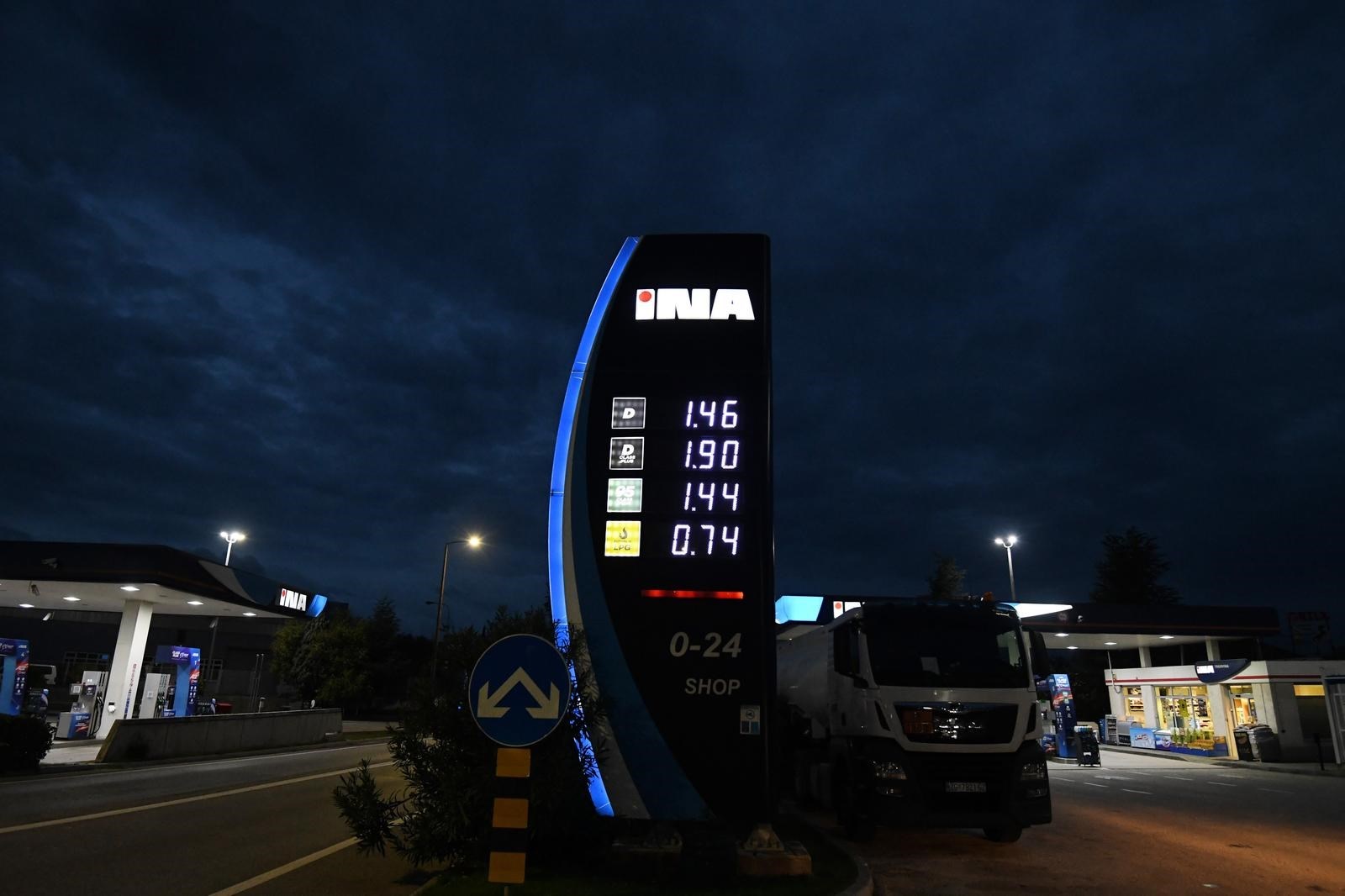End of Fuel Price Regulation in Croatia: Market Takes Over
After three years of government price controls, Croatia has decided to let fuel prices be set by the free market. Yes, you read that right – no more government-set prices for gasoline and diesel. Instead, traders and distributors will decide the prices. Economy Minister Anto Šušnjar announced that from midnight, prices will be formed by market mechanisms, and citizens can expect slight price drops or increases – just a few cents per liter.
What does this mean for drivers?
For an average 50-liter tank, the price change could be up to 50 cents either way. It’s not drastic, but it marks the end of an era – regulated prices that kept things under control. The government claims the market is now stable and competition among distributors will bring fair prices. But is that really the case?
Will distributors be responsible?
Minister Šušnjar calls on distributors to be responsible and not raise margins without reason. The government will closely monitor the situation and, if necessary, reintroduce margin caps. So, it’s not the end of control, but definitely the end of direct government price setting.
What about other prices?
Šušnjar says that fuel price increases should not trigger a chain reaction of price hikes in other products. He also criticized the Croatian National Bank for not using all monetary policy tools that could help control prices and lending.
The MOL and INA dispute
The minister also touched on a court ruling in Washington that Croatia must pay compensation to MOL. He said the amount reported in the media is incorrect and that Croatia will fulfill its obligations but will use legal instruments to protect its interests. He also announced that the state is ready to talk with JANAF about protecting business interests and possibly buying INA, but only if MOL decides to sell its stake.
Conclusion
The end of fuel price regulation in Croatia is a big step toward a market economy but brings uncertainty for drivers. Will distributors really be responsible, or will we see new price spikes? The government promises to monitor the situation, but is that enough? As we wait for the first price changes on Tuesday, we’ll see if the market brings stability or new headaches.
What do you think? Will the free market bring better prices, or are we in for even more expensive fuel? Drop a comment, maybe together we’ll figure out who really wins in the end – drivers or distributors!







































